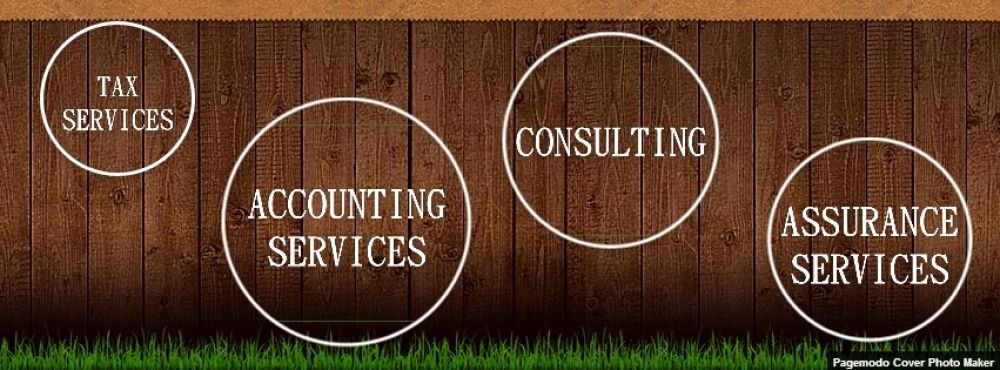If you give someone money or property, you may be subject to the federal gift tax. Most gifts are not subject to the gift tax, but here are some tips to help you determine whether your gift is taxable or if you are required to file a gift tax return.
1. Most gifts are not subject to the gift tax. For example, there is usually no tax if you make a gift to your spouse or to a charity. If you make a gift to someone else, the gift tax usually does not apply until the value of the gifts you give that person exceeds the annual exclusion for the year. For 2011, the annual exclusion is $13,000.
2. Gift tax returns do not need to be filed unless you give someone other than your spouse money or property worth more than the annual exclusion for that year.
3. Generally, the person who receives your gift will not have to pay any federal gift tax because of it. Also, that person will not have to pay income tax on the value of the gift received.
4. Making a gift does not ordinarily affect your federal income tax. You cannot deduct the value of gifts you make (other than gifts that are deductible charitable contributions).
5. The general rule is that any gift is a taxable gift. However, there are many exceptions to this rule. The following gifts are not taxable gifts:
7. Gift Tax Returns – You must file a gift tax return on Form 709 if any of the following apply:
If you have questions related to gifts, gift planning, or a requirement to file a gift tax return, please give our office a call.
1. Most gifts are not subject to the gift tax. For example, there is usually no tax if you make a gift to your spouse or to a charity. If you make a gift to someone else, the gift tax usually does not apply until the value of the gifts you give that person exceeds the annual exclusion for the year. For 2011, the annual exclusion is $13,000.
2. Gift tax returns do not need to be filed unless you give someone other than your spouse money or property worth more than the annual exclusion for that year.
3. Generally, the person who receives your gift will not have to pay any federal gift tax because of it. Also, that person will not have to pay income tax on the value of the gift received.
4. Making a gift does not ordinarily affect your federal income tax. You cannot deduct the value of gifts you make (other than gifts that are deductible charitable contributions).
5. The general rule is that any gift is a taxable gift. However, there are many exceptions to this rule. The following gifts are not taxable gifts:
- gifts that are not more than the annual exclusion for the calendar year,
- tuition or medical expenses you pay directly to a medical or educational institution for someone,
- gifts to your spouse,
- gifts to a political organization for its use, and
- gifts to charities.
7. Gift Tax Returns – You must file a gift tax return on Form 709 if any of the following apply:
- you gave gifts to at least one person (other than your spouse) that are more than the annual exclusion for the year;
- you and your spouse are splitting a gift;
- you gave someone (other than your spouse) a gift of a future interest that he or she cannot actually possess, enjoy, or receive income from until at some time in the future; or
- you gave your spouse an interest in property that will terminate due to a future event.
If you have questions related to gifts, gift planning, or a requirement to file a gift tax return, please give our office a call.














